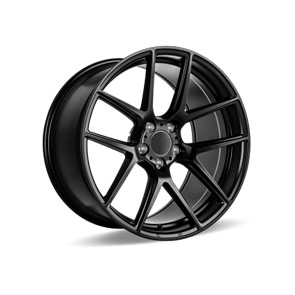accelerator pedal cable
Understanding the Accelerator Pedal Cable Key to Vehicle Performance
The accelerator pedal cable is a critical component in the workings of many vehicles, playing a central role in how drivers control speed and acceleration. This seemingly inconspicuous cable is essential for translating the physical action of pressing the accelerator pedal into a corresponding increase in engine power and, consequently, vehicle speed. Understanding this component—its function, construction, and maintenance—can enhance both your driving experience and your knowledge of automotive mechanics.
What is the Accelerator Pedal Cable?
The accelerator pedal cable, often referred to as the throttle cable in traditional mechanical systems, connects the accelerator pedal to the throttle body of an internal combustion engine. When a driver presses the accelerator pedal, the cable pulls on the throttle valve, opening it wider to allow more air (and fuel) into the engine, which increases power output. In vehicles equipped with electronic throttle control (ETC), the pedal position is transmitted as an electronic signal rather than through a mechanical cable. However, many older vehicle models and some modern ones still utilize a traditional cable system.
Functions and Importance
The accelerator pedal cable serves several essential functions in a vehicle
1. Speed Control By regulating the amount of air and fuel mixture entering the engine, the accelerator pedal cable directly influences vehicle speed. A responsive cable ensures smooth acceleration and deceleration.
2. Driver Connectivity The cable provides a tactile feedback loop for the driver. The direct connection between pedal movement and engine response creates a more engaging driving experience.
3. Safety Mechanism In many designs, the cable assists in delivering signals to safety systems like cruise control, ensuring that the vehicle can maintain a desired speed without constant driver input.
Given its crucial role, a malfunctioning accelerator pedal cable can lead to serious performance issues, including sluggish acceleration, erratic speed changes, or, in worst-case scenarios, complete throttle failure.
Construction and Design
accelerator pedal cable

Typically made from durable materials such as steel or polymer composites, the accelerator pedal cable consists of an inner wire encased in a protective sheath. This design reduces friction and allows for smooth movement across various environmental conditions. The ends of the cable are usually fitted with connectors that attach to the accelerator pedal and the throttle body, respectively.
While the basic structure remains relatively constant, manufacturers may vary design elements based on vehicle specifications. Some cables are built to withstand higher levels of stress or environmental factors, such as heat and moisture.
Maintenance and Troubleshooting
To ensure the proper functioning of the accelerator pedal cable, regular maintenance is vital. Common signs that the cable may need attention include
- Sticking or Stiffness If the accelerator pedal feels stuck or does not return to its resting position promptly, it could indicate friction within the cable or damage to the sheath.
- Unresponsive Acceleration A delayed response when pressing the accelerator pedal can signify a problem with the cable or its connection to the throttle body.
- Visible Wear and Tear Regularly inspect the cable for fraying, corrosion, or other damage. If any signs of wear are present, replacing the cable as soon as possible is recommended.
Proper lubrication of the cable can also help prevent issues, but care must be taken not to over-lubricate, as this can attract dirt and debris, creating more friction.
Conclusion
In conclusion, while the accelerator pedal cable may be a small component of a vehicle’s overall system, its significance cannot be overlooked. Understanding how it operates and maintaining its condition is critical for any vehicle owner. Whether you drive an older model with a traditional cable system or a newer vehicle utilizing electronic controls, recognizing the importance of this component will enhance your understanding of automotive performance and safety. Regular checks and maintenance can help ensure that your accelerator responds smoothly and effectively, providing a driving experience that is both safe and enjoyable.
-
Workings of Clutch Pipe and Hose SystemsNewsJun.04,2025
-
The Inner Workings of Hand Brake Cable SystemsNewsJun.04,2025
-
The Secrets of Throttle and Accelerator CablesNewsJun.04,2025
-
The Hidden Lifeline of Your Transmission Gear Shift CablesNewsJun.04,2025
-
Demystifying Gear Cables and Shift LinkagesNewsJun.04,2025
-
Decoding Clutch Line Systems A Comprehensive GuideNewsJun.04,2025
